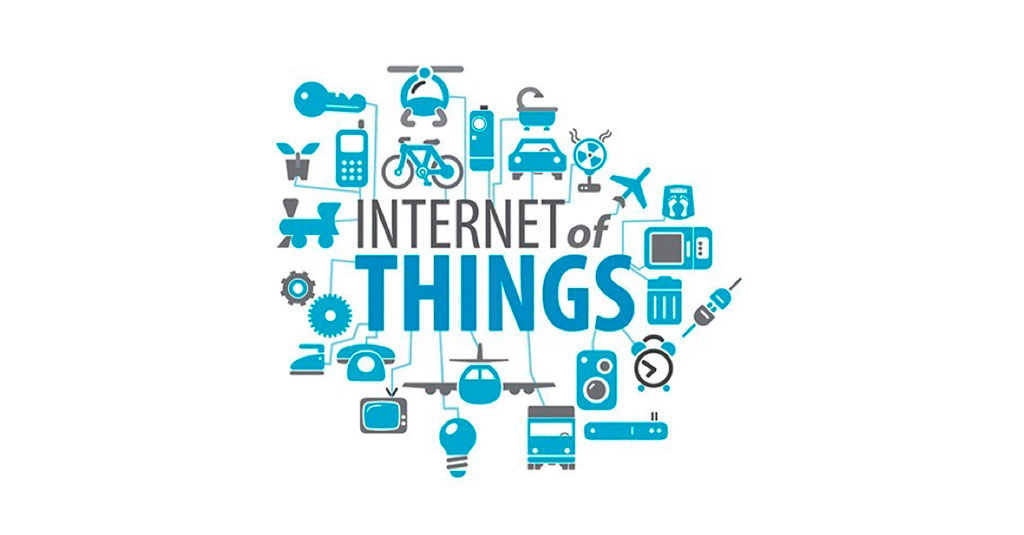
Connected Buildings Go Beyond Smart Buildings
Advancements in IoT have created new ideas of how to advance building spaces with connected technologies. But the smart building concept has deep roots in the European and UK markets.These regions have been using smarter buildings from the beginning. Four learnings that can be applied to the other áreas that need developing , include:
- Occupants expect to control public spaces due to experiences at home.This provides economic benefits that result from data analytics enabled by IoT and are supported by the advancement of intelligent, connected buildings, cities and the smart grid.
- Around 90 percent of our time is spent indoors, so connection is important.For example, in healthcare, patients in rooms with brighter sunlight have a 22 percent lower need for pain medication. This can reduce healthcare costs.2In the office, 55 percent of employees expect to work in a connected, smarter office by 2023. This could impact retention rates.3
- Intelligent BMS can reduce operating costs and optimize energy efficiency.End-to-end solutions use the BMS platform to power an IoT-enabled network funded by energy savings. The building gets greater energy efficiency by letting tenants remotely control cooling, heating, lighting and spaces. One example is using natural light via sunblind controls to reduce the need for man-made lighting.
- ROI from connected spaces yields greater productivity from internal spaces.The often-cited rule of 3-30-300 gives a per-square-foot breakdown of total occupancy costs. These figures, the brainchild of JLL, outline the typical distribution: $3 for utilities, $30 for rent, and $300 for employee/HR costs.
Occupant control of a space with Distech Controls.
One way we offer occupants more control of their spaces through improved energy efficiency via BMS controls and integrating technologies into a sensory network. The network maps indoor spaces through the BMS system, capturing data that is aggregated in the cloud.
Businesses can use the data to improve building and business performance. The system also yields precise indoor location of people in the building. The data can be used to offer personal navigation on mobile apps and improve human connections.
In short, benefits of connected buildings go beyond energy savings and enterprise-level reporting. By adding services and smarter energy management, businesses can create intelligent assets that save money and cater to the needs of owners and occupants.
